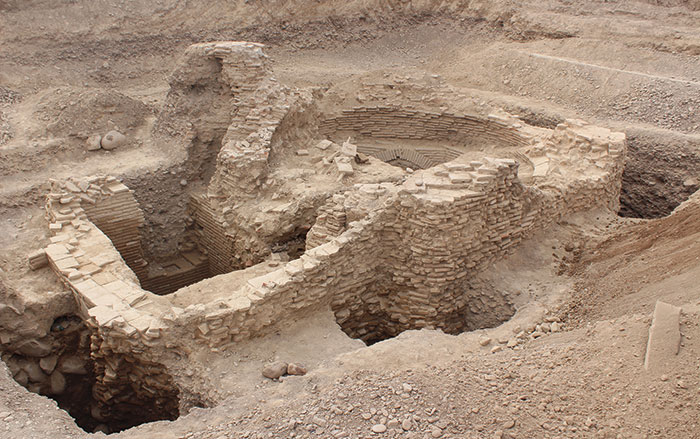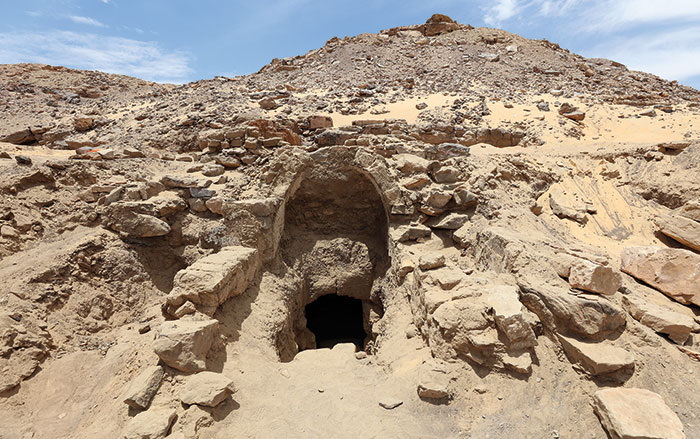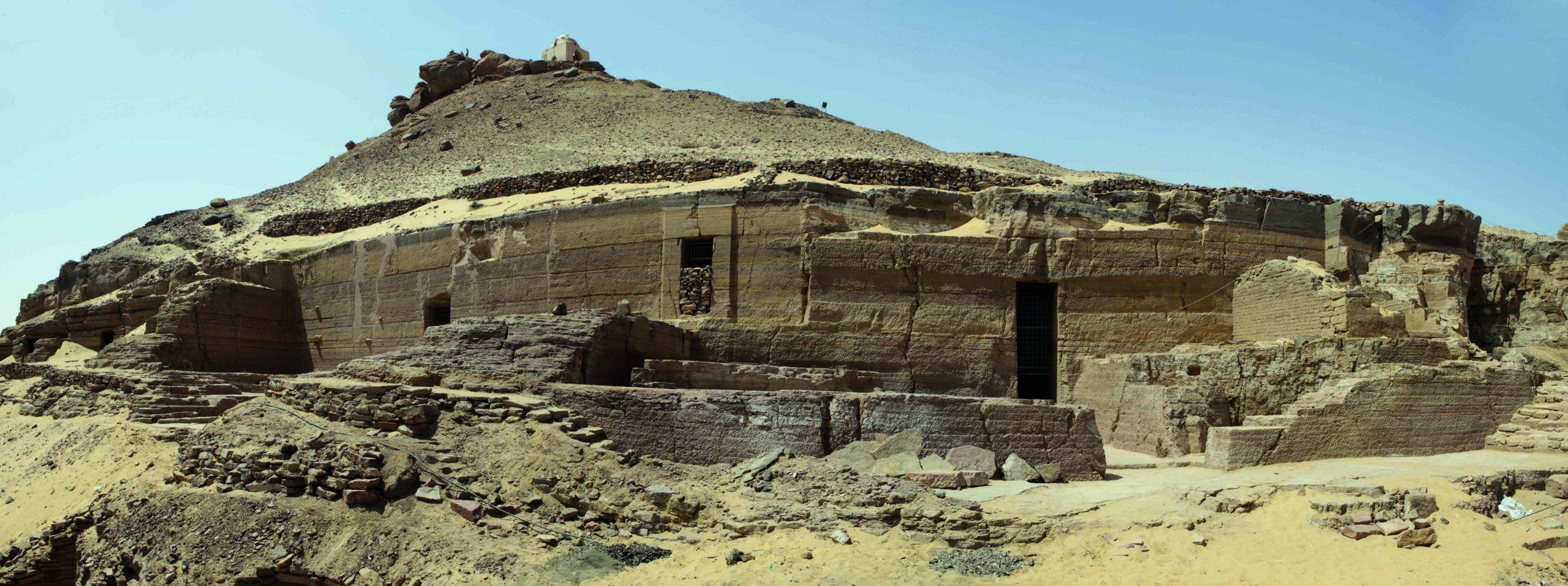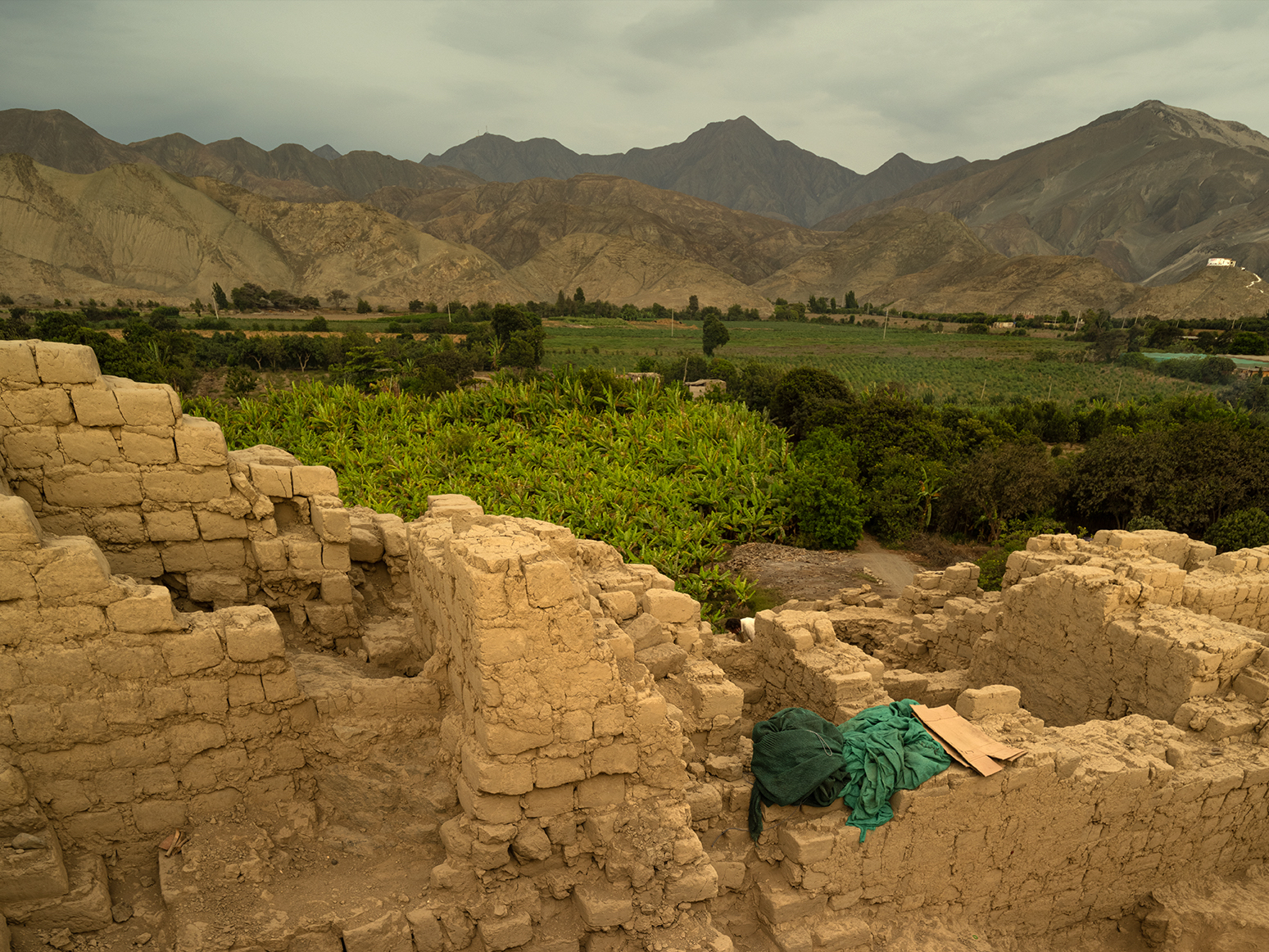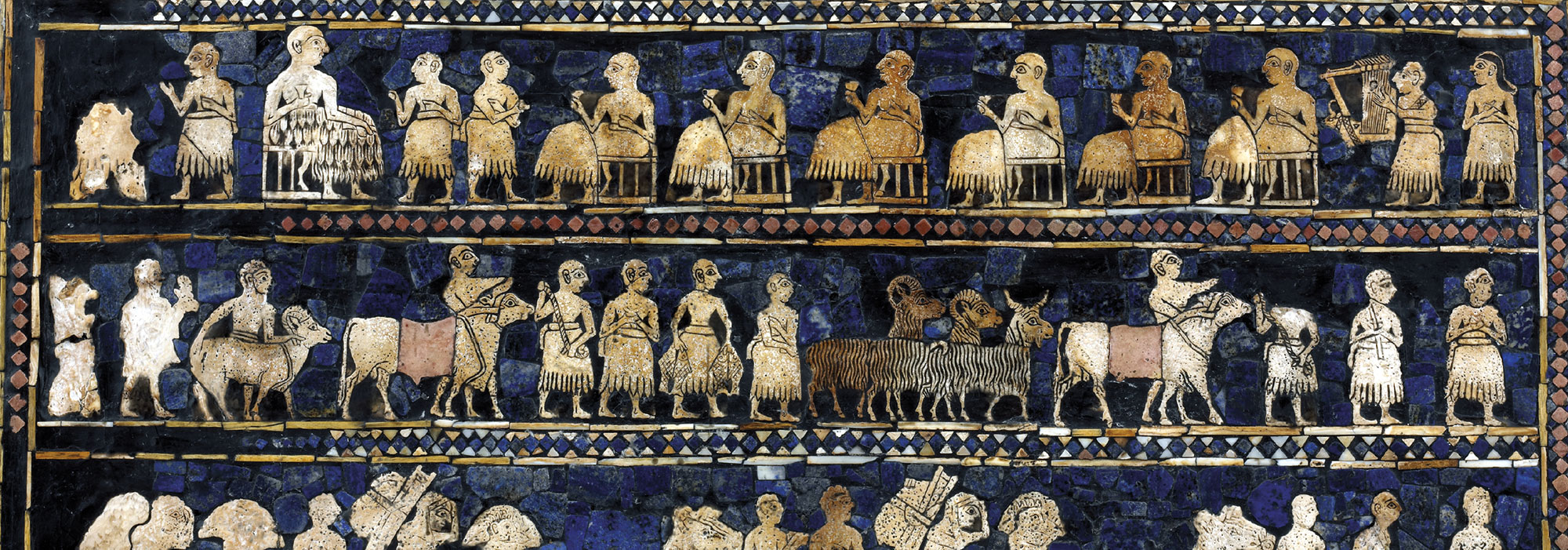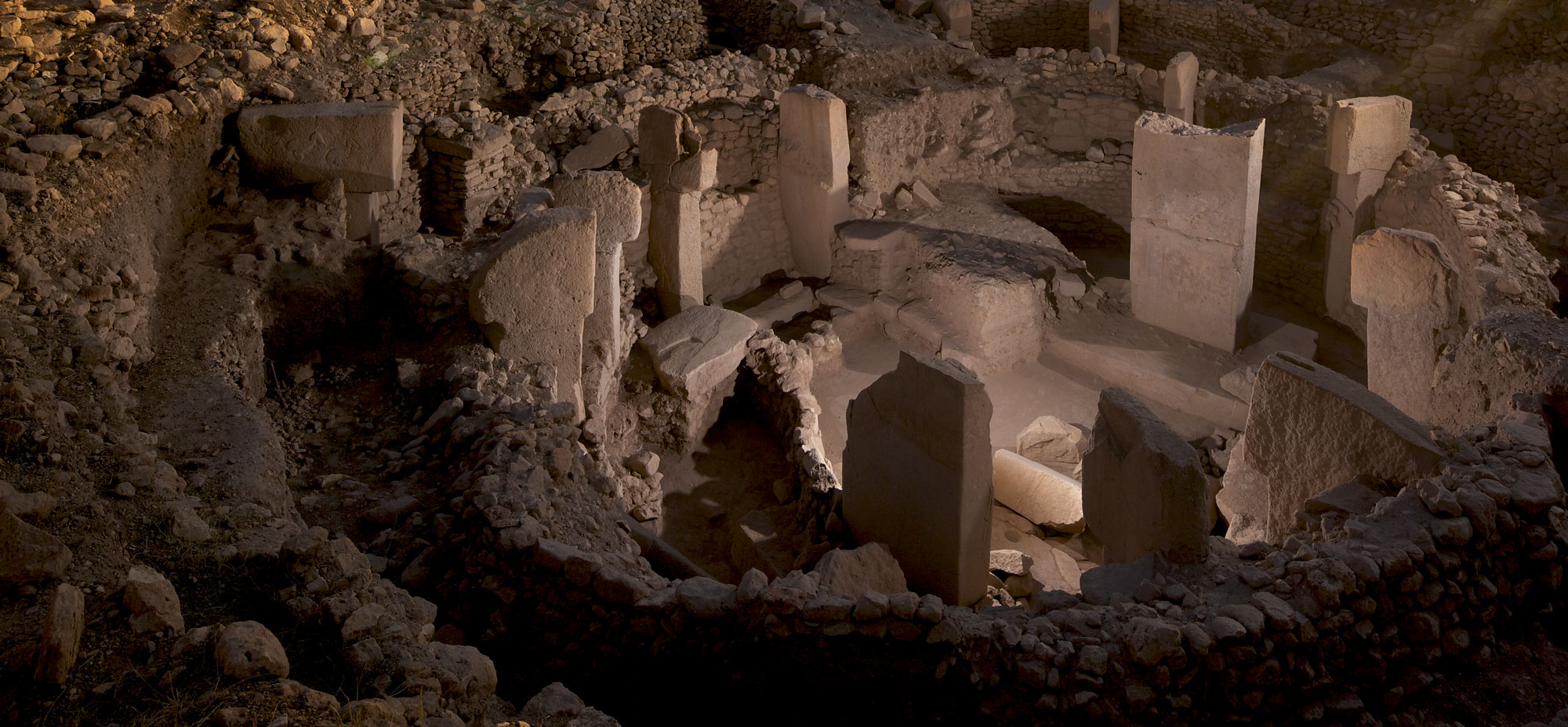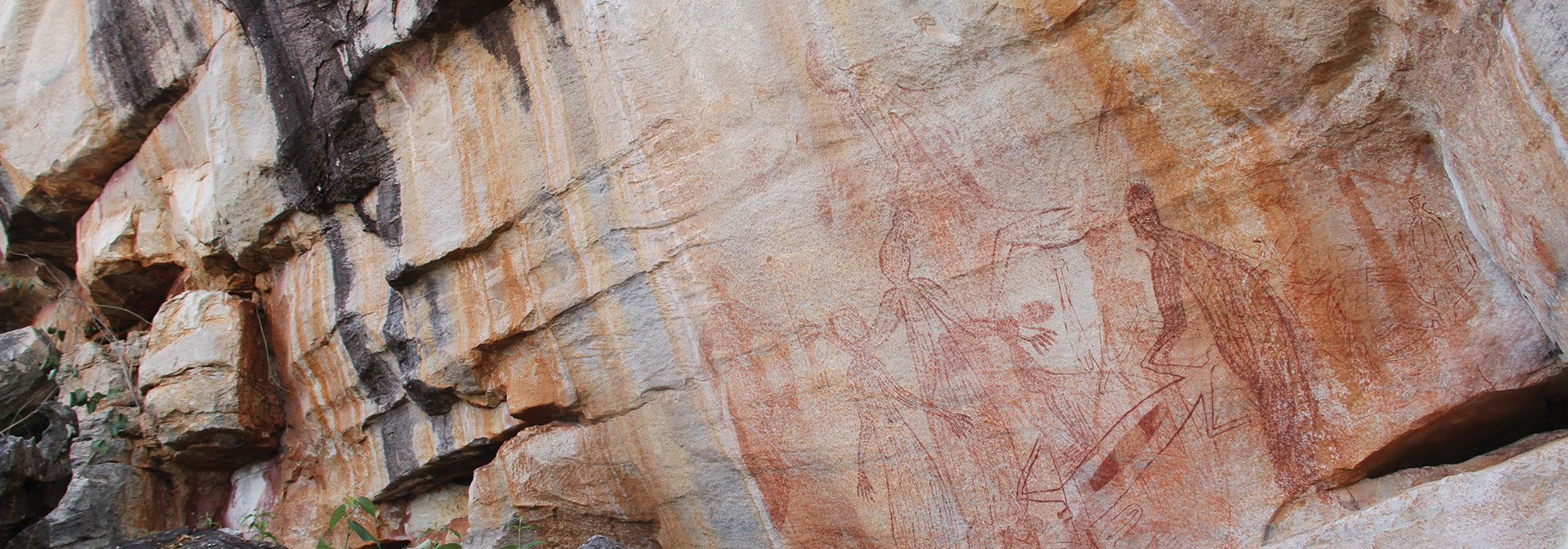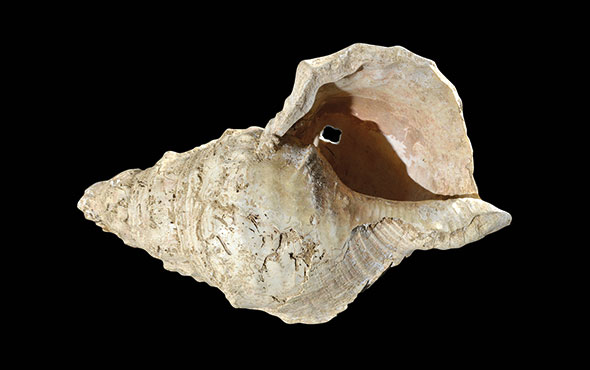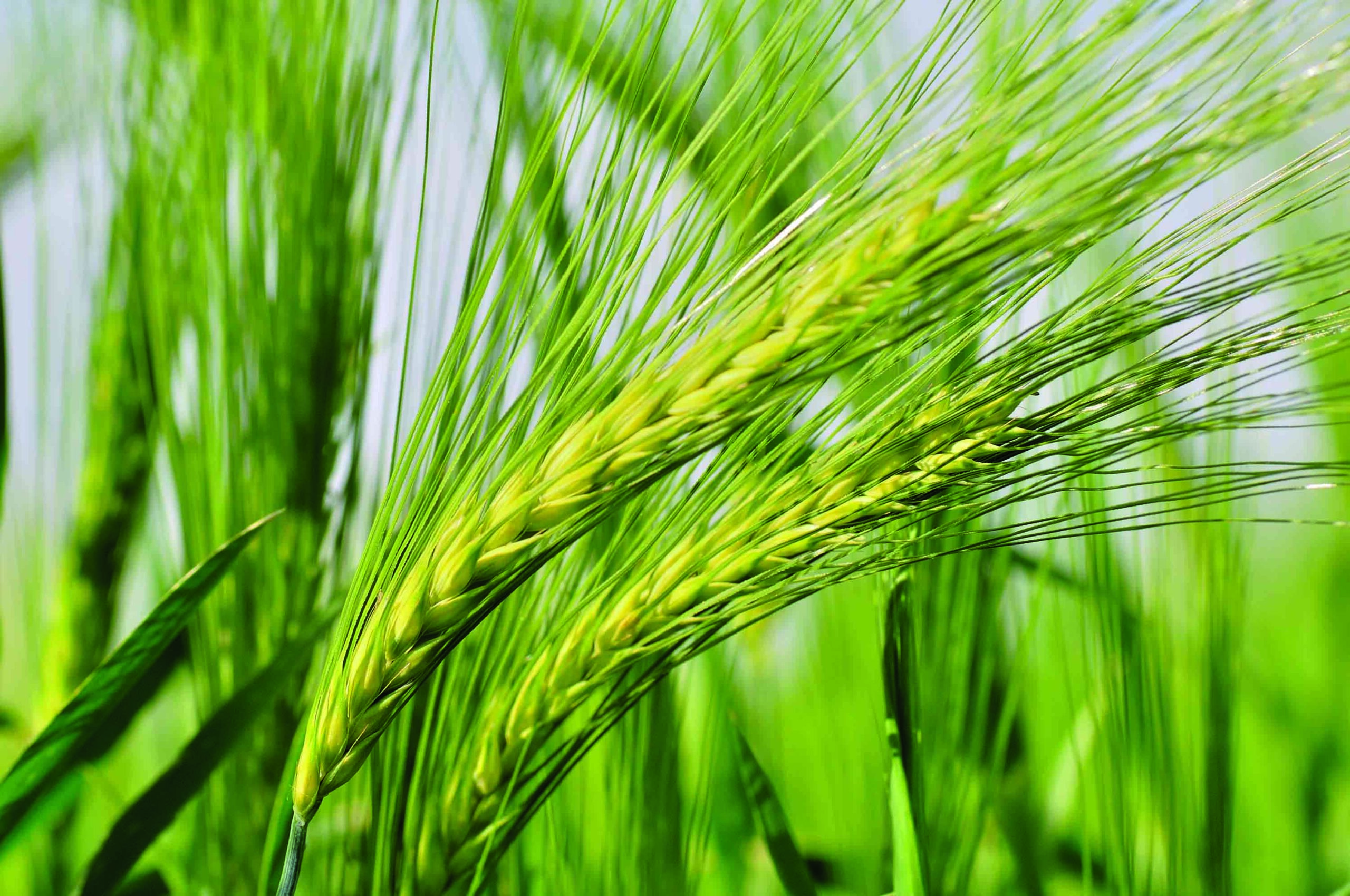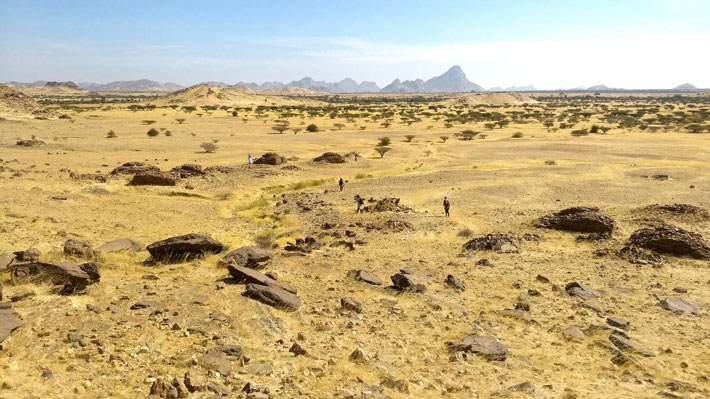
NAPLES, ITALY—According to a Live Science report, Stefano Costanzo of the University of Naples L’Orientale and his colleagues mapped more than 10,000 funerary monuments spotted in satellite imagery of the Kassala region of eastern Sudan. The structures include simple raised tumuli, which are widely found in Africa, and qubbas, an Islamic-style tomb or shrine. “To the naked eye, it was clear that the clustered tombs were conditioned by the environment, but deeper meaning may have been implied in their spatial arrangement,” Constanzo said. The researchers decided to analyze the placement of the tombs with a statistical modeling technique used to study the spatial patterns of stars and galaxies. They determined that the monuments consist of subclusters of burials that seem to emanate from an unidentified “parent” tomb of social or traditional importance, he explained, although more burials were found in landscapes where building materials were readily available. Future research could narrow the model by time periods, determine the precise locations of the suspected “parent” tombs, and explore who was buried in them. Read the original scholarly article about this research in PLOS ONE. To read about the Nubian city of Kerma in northern Sudan, go to "A Nubian Kingdom Rises."


